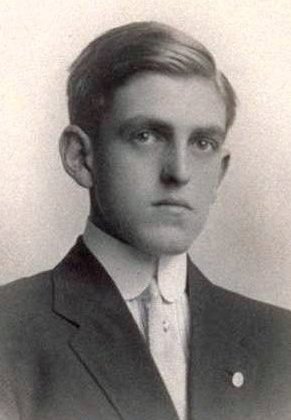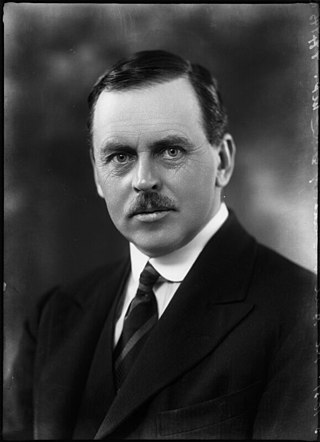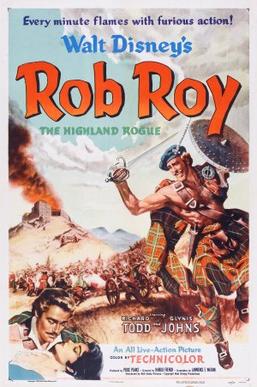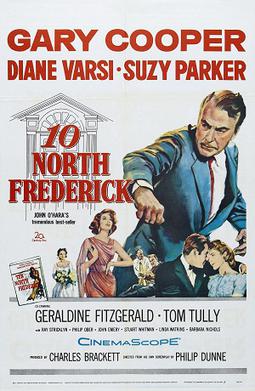
The Pulitzer Prize for Biography or Autobiograhphy is one of the seven American Pulitzer Prizes that are annually awarded for Letters, Drama, and Music. It has been presented since 1917 for a distinguished biography, autobiography or memoir by an American author or co-authors, published during the preceding calendar year. Thus it is one of the original Pulitzers, for the program was inaugurated in 1917 with seven prizes, four of which were awarded that year.

Pierce Brothers Westwood Village Memorial Park & Mortuary is a cemetery and mortuary located in the Westwood Village area of Los Angeles. It is located at 1218 Glendon Avenue in Westwood, with an entrance from Glendon Avenue.
The miners' strike of 1984–1985 was a major industrial action within the British coal industry in an attempt to prevent colliery closures. It was led by Arthur Scargill of the National Union of Mineworkers (NUM) against the National Coal Board (NCB), a government agency. Opposition to the strike was led by the Conservative government of Prime Minister Margaret Thatcher, who wanted to reduce the power of the trade unions.

Winesburg, Ohio is a 1919 short story cycle by the American author Sherwood Anderson. The work is structured around the life of protagonist George Willard, from the time he was a child to his growing independence and ultimate abandonment of Winesburg as a young man. It is set in the fictional town of Winesburg, Ohio, which is based loosely on the author's childhood memories of Clyde, Ohio.

Sherwood Anderson was an American novelist and short story writer, known for subjective and self-revealing works. Self-educated, he rose to become a successful copywriter and business owner in Cleveland and Elyria, Ohio. In 1912, Anderson had a nervous breakdown that led him to abandon his business and family to become a writer.

Sidney Coe Howard was an American playwright, dramatist and screenwriter. He received the Pulitzer Prize for Drama in 1925 and a posthumous Academy Award in 1940 for the screenplay for Gone with the Wind.

William George Arthur Ormsby-Gore, 4th Baron Harlech,, was a British Conservative politician and banker.
Richard Warrington Baldwin Lewis was an American literary scholar and critic. He gained a wider reputation when he won a 1976 Pulitzer Prize for Biography or Autobiography, the first National Book Critics Circle Award for nonfiction, and a Bancroft Prize for his biography of Edith Wharton. The New York Times called the book "a beautifully wrought, rounded portrait of the whole woman, including the part of her that remained in shade during her life" and said that the "expansive, elegant biography ... can stand as literature, if nothing else."

Sharyn McCrumb is an American writer whose books celebrate the history and folklore of Appalachia. McCrumb is the winner of numerous literary awards, and the author of the Elizabeth McPherson mystery series, the Ballad series, and the St. Dale series.

Rob Roy: The Highland Rogue is a 1953 adventure film produced by RKO-Walt Disney British Productions which is about Rob Roy MacGregor. It was the last Disney film released through RKO Radio Pictures.

The folkloric hero Robin Hood has appeared many times, in many different variations, in popular modern works.

The Night Gardener is a 2006 crime novel by George Pelecanos. It is set in Washington, DC and focuses on homicide detective Gus Ramone, and ex-cops Dan "Doc" Holiday and TC Cook as they investigate the possible return of a serial killer.
Beaut or Beauts may refer to:

Ten North Frederick is a 1958 American drama film in CinemaScope written and directed by Philip Dunne and starring Gary Cooper. The screenplay is based on the 1955 novel of the same name by John O'Hara.

Windy McPherson's Son is a 1916 novel by American author Sherwood Anderson. It was published by John Lane as part of a three book contract. Windy McPherson's Son is Sherwood Anderson's first novel.

Tar: A Midwest Childhood is a 1926 fictionalized memoir by American author Sherwood Anderson. It was originally published by Boni & Liveright and has since been republished several times including a 1969 critical edition. The book is made up of episodes in the childhood of Edgar Moorehead. The fictional location of Tar: A Midwest Childhood bears a resemblance to Camden, Ohio where Sherwood Anderson was born, despite him having spent only his first year there. An episode from the book later appeared, in a revised form, as the short story "Death in the Woods" (1933).

Horses and Men is a 1923 short story collection by the American author Sherwood Anderson. It was Anderson's fourth book to be published by B.W. Huebsch and his third collection after the successful short story cycle Winesburg, Ohio. The book was dedicated to writer Theodore Dreiser and included a two-page essay about him titled "Dreiser" in addition to a foreword and nine stories.
Thaddeus Baker Hurd was an architect and historian who is known for his interest and extensive research in the history of the city of Clyde, Ohio, United States. Hurd had several jobs in the field of architecture until his retirement in 1967. He was the founder of the Clyde Heritage League, a historical society. His work was contributed to several museums and libraries.















